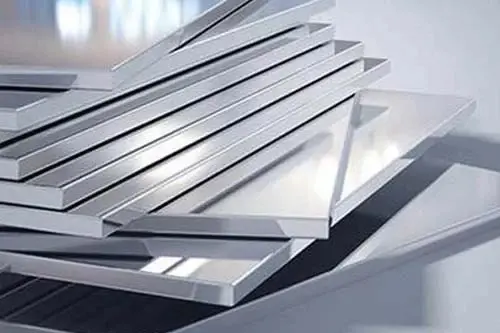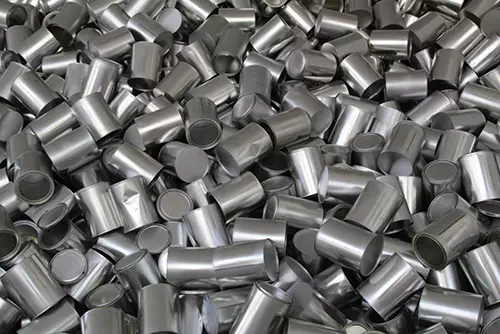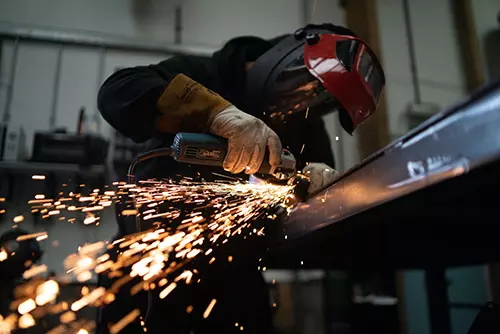What are the materials of stainless steel?

Stainless steel is primarily composed of iron (Fe) alloyed with varying amounts of other elements. The main elements that can be present in stainless steel alloys include:
1. Chromium (Cr): Chromium is the most essential element in stainless steel, providing its corrosion resistance properties. It reacts with oxygen in the air to form a thin, protective oxide layer on the surface of the steel, known as the passive layer. This layer helps prevent further corrosion and gives stainless steel its distinctive resistance to rust and stains.
2. Nickel (Ni): Nickel is commonly added to stainless steel to improve its resistance to corrosion, especially in harsh environments. It also enhances the strength and toughness of the steel at both high and low temperatures.
3. Molybdenum (Mo): Molybdenum is typically added to certain grades of stainless steel to enhance their corrosion resistance against chlorides, acids, and other aggressive media. It also improves the material’s resistance to pitting and crevice corrosion.
4. Carbon ©: Carbon is an essential element in all steels, including stainless steel. However, the carbon content in stainless steel is typically limited to low levels (less than 0.08%) to maintain its corrosion resistance. Low carbon grades are also more resistant to sensitization, a process that can lead to intergranular corrosion.
5. Other Elements: Stainless steel can contain other alloying elements such as nitrogen (N), titanium (Ti), copper (Cu), sulfur (S), and others in varying proportions. These elements are added to modify specific properties of stainless steel, such as increased strength, improved weldability, or enhanced resistance to specific corrosive environments.
The specific combination and proportion of these elements determine the grade and properties of stainless steel. There are numerous stainless steel grades available, each suited for specific applications based on their unique composition and characteristics.
More Blog

Characteristics of Eight Common Aluminum Plates
Mainly used for products such as signage, billboards, wall decorations, kitchen utensils, chemical equipment, and electronic devices with low strength requir...
Read More
What are the surface treatment processes for galvanised sheets?
The surface treatment processes for galvanized sheets typically include cleaning, degreasing, and passivation.

What are the common types of copper?
Copper is a versatile metal with various types and alloys available, each offering distinct properties and applications. Some of the common types of copper i...
Read More